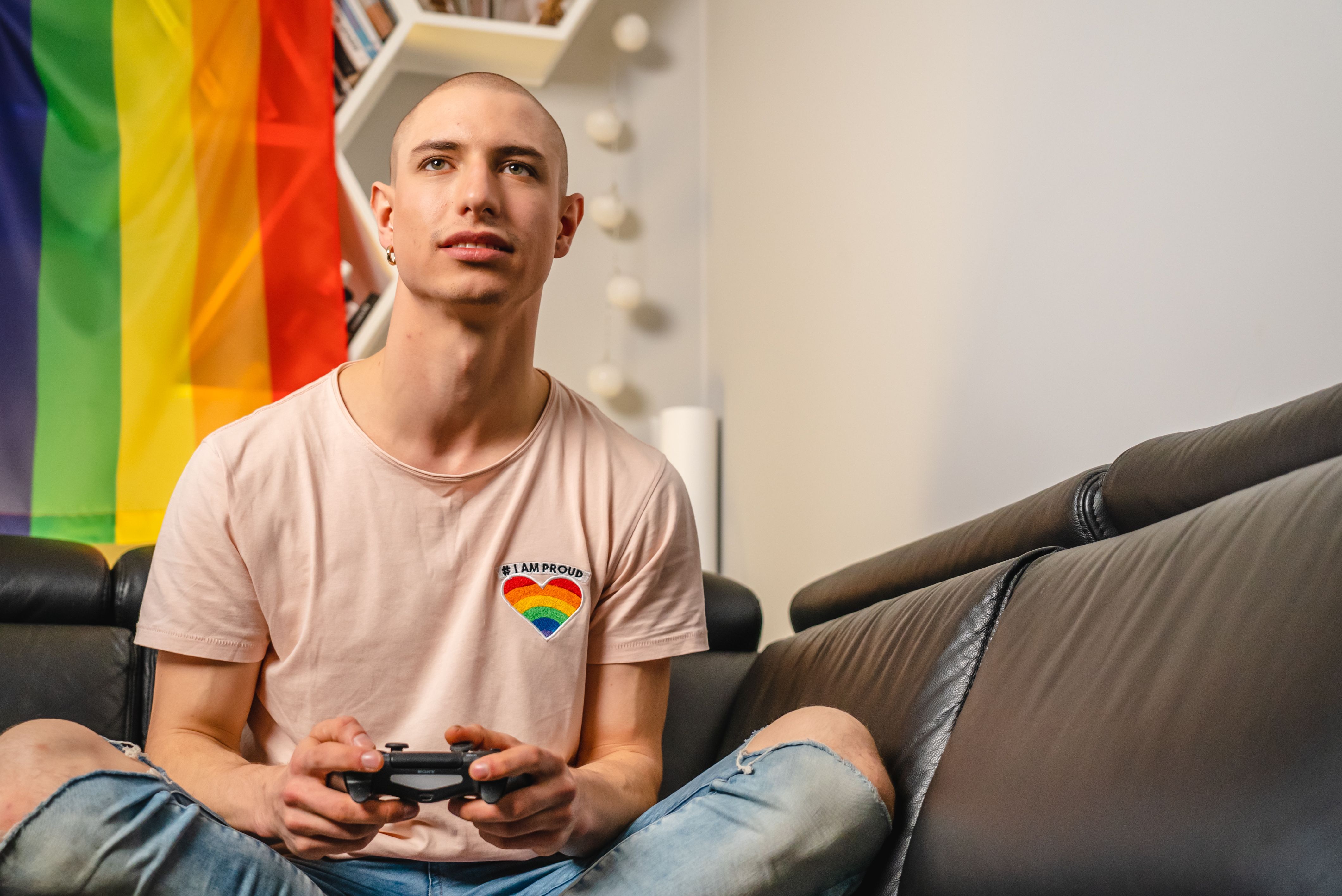Article
Do Mobile Health Interventions Improve Adherence to Pharmaotherapy in Alcohol Recovery?
Author(s):
Mobile health interventions are helpful to patients receiving medications that reduce cravings, but what about adherence-focused monitoring?
Smartphone-based mobile health (mHealth) interventions are feasible in patients receiving naltrexone, but adherence-focused monitoring was no more effective than symptom and monitoring for adverse effects in the first randomized, controlled trial evaluating an mHealth intervention to improve naltrexone adherence in recovering alcoholics.1 The multicenter research team conducting the trial pointed out that future, larger trials using different study designs may better bear out the usefulness of mHealth interventions in promoting naltrexone adherence.
The team randomized 76 treatment-seeking patients to an mHealth intervention (n = 37) or a control scenario (n = 39). All patients received an initial 1-month supply of naltrexone at a dosage of 50 mg/day, a medication event monitoring system (MEMS), and an 8-week prepaid Android smartphone loaded with a Smartphone Alcohol and Side Effects Diary (SASED). The SASED provided daily supportive text message (SMS) prompts that included hyperlinks to assess adverse effects and alcohol use and craving. Patients also were instructed to bring their medication bottle with them when presenting for 4-week and 8-week evaluations. Those who did not return their MEMS cap at these evaluations were flagged as nonadherent.
In addition to the above, patients randomized to the intervention, called Adaptive, Goal-directed Adherence Tracking and Enhancement (AGATE-Rx), received text-message reminders about medication administration. Hyperlinks to assess naltrexone adherence were included in the messages.
Over the course of the study period, the control group averaged 39 responses to SASED assessments, and the intervention group averaged 29 SASED responses and 14 AGATE-Rx responses for a total average of 43 responses. The difference between groups was not statistically significant (P = .404).
Furthermore, at the end of 8 weeks, no difference was seen between groups in the proportion of participants with adequate naloxone adherence, defined as self-administering more than 80% of prescribed doses. High dropout rates may have confounded results: by Week 8, 54% of patients in the intervention group and 49% in the control group had dropped out of the study and were categorized as nonadherent.
At Week 4, the adherence rates were high: 83% in the intervention group and 77% in the control group, but the difference between groups was not statistically significant (P=.34). However, the intervention group sustained adequate adherence significantly longer than those in the control group (a median 19 days vs 3 days) in the first month of treatment.
This finding led the researchers to conjecture that mHealth may have value in the first month of naltrexone use, when nonadherence and discontinuation of therapy are at their greatest.
Although primary end point of the trial (a statistically significant difference in adherence between study groups) was not reached, the researchers encouraged further study of mHealth for naltrexone adherence among patients with alcohol use disorders in the continuing effort to find effective low-cost therapeutic interventions. Future trials, they said, should include different comparators, a larger population, and a longer study period.
References:
1. Stoner SA, Arenella PB, Hendershot CS. Randomized controlled trial of a mobile phone intervention for improving adherence to naltrexone for alcohol use disorders. PLoS One. 2015;10(4):e0124613. http://journals.plos.org/plosone/article?id=10.1371/journal.pone.0124613. Accessed June 9, 2015.






